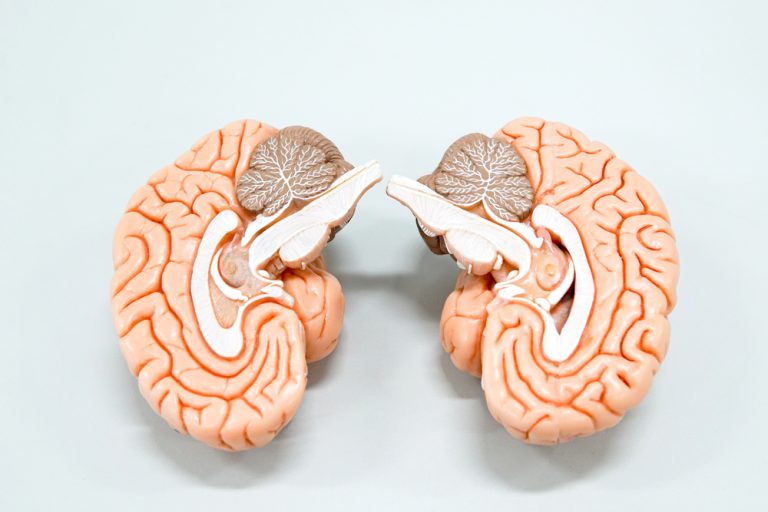Syringomyelia is a rare but significant condition that poses unique challenges within the realm of neurological disorders. It involves the formation of a cyst or syrinx within the spinal cord, a phenomenon that can lead to a range of complex symptoms and effects.
This medical condition not only disrupts the normal functioning of the spinal cord but also profoundly impacts the lives of those affected. Characterised by distinct features, syringomyelia’s impact on the body is multifaceted. Cavitation of the spinal cord, primarily in the cervical region, marks the beginning of a series of changes within the spinal structure. Sensory loss is another hallmark of this condition, where individuals experience a decrease in pain and temperature sensations, signalling deeper neurological complications. Additionally, the progressive muscle weakness that leads to paralysis and muscle atrophy, especially in the upper limbs, highlights the destructive nature of syringomyelia on the motor functions of the body.
Signs and Symptoms of Syringomyelia
Syringomyelia presents a range of symptoms:
- Loss of Sensory Functions: Patients typically lose pain and temperature sensations in a shawl-like distribution across the body. This is due to the interruption of nerve tracts in the spinal cord.
- Preserved Sensations: Interestingly, vibratory sense, tactile discrimination, and proprioceptive sense remain normal, as the ascending tracts in the posterior column of the spinal cord are not affected.
- Motor Impairments: Bilateral spastic paralysis of the legs, exaggerated reflexes, and a positive Babinski sign are common. These occur when the lesion expands to affect the descending tracts.
- Hand Weakness: Often, there is lower motor neuron weakness in the small muscles of the hand, which can be bilateral or affect one hand more than the other.
- Additional Complications: Over time, joints in the elbow, wrist, and hand can become disorganised or dislocated due to a lack of sensation. Horner syndrome, characterised by drooping eyelids, pupil constriction, and lack of facial sweating, can also develop.
Syringomyelia is often associated with other neurological conditions like Hydrocephalus and Arnold-Chiari malformation.
Expand Your Understanding with Our Online Course: Anatomy of the Spinal Cord
For those looking to deepen their knowledge about spinal cord injuries, including the types of lesions and typical syndromes, we have an excellent resource. Our free online course, Anatomy of the Spinal Cord, by Dr. Saqib Mansoor, offers comprehensive insight into this critical area of medicine.
This course meticulously covers various levels of the spine and motor neuron lesions, equipping learners with the skills to identify the extent and nature of spinal cord injuries accurately. One of the key highlights of the course is its detailed exploration of clinical features of the spinal cord. Here, students will gain an in-depth understanding of the causes behind critical spinal abnormalities and syndromes.
Designed to be both informative and accessible, this short course is a valuable tool for anyone working in medicine or the healthcare industry, from students to practising professionals. By the end of the course, participants will have a solid grasp of spinal cord anatomy and its implications in medical practice.
Whether you’re a healthcare professional looking to update your skills or a student embarking on a medical career, ‘Anatomy of the Spinal Cord’ is an indispensable addition to your educational journey. Enrol today and take a significant step towards mastering the complexities of spinal cord injuries and treatments.





